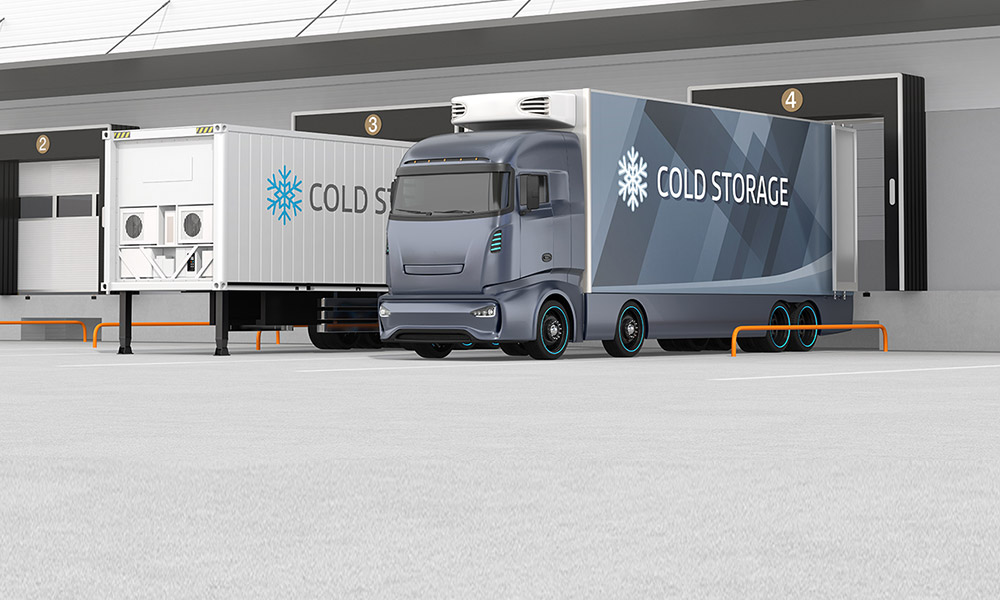Biotech / Life Sciences Where MedTech Grows Best
How data, labor, and logistics drive location decisions for next-gen MedTech manufacturing.
Read MoreEditor's Picks
Site Readiness Is Broken: What Manufacturers Should Demand From Their Locations

Manufacturers can’t afford delays—here’s what to ask for before picking your next site.
A New Course for U.S. Shipbuilding

Maritime Prosperity Zones could reshape shipbuilding and repair across the U.S. — if defined and used wisely.
Understanding the Importance of Speed in Closing Deals

Accelerating the site selection process can help you gain a competitive edge and secure prime locations.
The Battle to Break China’s Rare Earth Supply Chain Dominance

U.S. faces challenges in reducing reliance on China for rare earths.
The Rise of Joint Venture Agreements in New Construction Projects

Collaborative joint ventures spread risk and ensure successful project outcomes.
Recent Features
Biotech / Life Sciences
The New Industrial Revolution in Biotech

Domestic drug production is becoming a matter of national security, not just market strategy.
ContinueConstruction / Project Planning
Why Utilities Are Becoming Developers

The energy transition is reshaping real estate strategy as utilities and corporations compete for control of generation assets.
ContinueConstruction / Project Planning
Who’s Liable When AI Builds?

Legal risks and the rise of the AI clause in construction contracts.
ContinueAdvanced Manufacturing
In Focus: Korea’s Blueprint for Sustainable U.S. Expansion

Why advanced manufacturers are treating site selection as a long-term business strategy, not a transaction.
ContinueSite Selection Factors / Strategy
The Permit Puzzle and the Path to Groundbreaking

Why the most successful projects build permitting strategy into their earliest site and construction decisions.
ContinueTop States for Business
2025’s Top States for Business: How the Winners Are Outpacing the Rest

Speed, workforce alignment, and energy infrastructure now define the best states for doing business — not just incentives or tax breaks. Our exclusive rankings break down how the top performers are staying ahead in a tightening market.
ContinueBiotech / Life Sciences
Workforce Is the New Incentive in Life Sciences

Companies choosing where to locate life sciences facilities are prioritizing talent pipelines and workforce adaptability.
ContinueAutomotive
Automotive Site Selection Is Evolving as Future Mobility Takes Hold
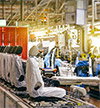
As the industry accelerates toward electrification and advanced mobility, site selectors and real estate teams are prioritizing adaptable facilities, talent proximity, and logistical readiness over traditional scale.
ContinueGovernment Policy / Business Climate
A New Era in Conservation and Economic Opportunity

MABA reframes conservation policy by emphasizing incentives, partnerships, and business-friendly opportunities across sectors.
ContinueData Centers
Around the Horn: Data Center Supply Chains — What's Next?
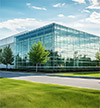
Area Development magazine caught up with its Q2 guest editors, Ford Graham and Steven Pearce from McGuireWoods consulting, to talk about their reporting on data center supply chains. We also invited Ermengarde Jabir Director of Economic Research at Moody’s to join the discussion.
ContinueSite Selection Factors / Strategy
The Site Selection Corporate Checklist

Site selection doesn’t start with “where” — it starts with alignment, clarity and structure.
ContinueConstruction / Project Planning
First Person: Karis Cold’s Ken Verne on Urban Demand, Automation, and the Infrastructure Gap

Karis Cold’s Ken Verne joins Area Development to talk about urban infill opportunities, automation readiness, ESG strategy, and why facilities need to be designed for 2030—not just today’s needs.
ContinueSite Selection Factors / Strategy
Scoring the Site

How site selectors score locations — and what executives should know about the process.
ContinueSite Selection Factors / Strategy
Electrons Are the New Gatekeepers

As grid capacity tightens, manufacturers must treat energy as a core site selection filter.
ContinueEconomic Development Best Practices
Site Selection Numbers vs. Reality

Why You Should Question Every Stat in a Site Proposal.
ContinueGovernment Policy / Business Climate
Preparing for the Next USMCA Shake-Up

Business leaders should brace for potential costs and disruptions as North America’s free trade deal heads for review.
ContinueManufacturing / Industrial
Tariff Shockwaves Hit the Industrial Sector

How rising tariffs, weak sentiment, and slowing e-commerce are shifting warehouse vacancy rates across major U.S. markets.
ContinueSite Selection Factors / Strategy
Last Word: Smart Executives Are Paying Attention to Rural Opportunity Zones

The permanent extension of Opportunity Zones under the 2025 OBBBA creates a rare opening for business leaders to shape where federal investment flows — and rural America may hold the strongest opportunities for long-term strategic growth.
ContinueContributed Content
Strategy Driven Location Decisions

How aligning operations with regional strengths drives better long-term performance than cost-focused site selection.
ContinueContributed Content
Montgomery County, Maryland: A Launchpad for Innovation and Development

A top-tier workforce and major developments position the county as a leading destination for modern industry.
ContinueAdvanced Manufacturing
Around the Horn: Advanced Manufacturing’s Next Move
JLL recently launched an Advanced Manufacturing group to meet the moment, and Area Development spoke with group leaders Greg Matter, Vice Chair, Industrials, and Meaghan Elwell, Division President of Global Industrials, to get their real estate playbook for the new era. This conversation has been edited for space and style.
ContinueWorkplace Trends
The Office Is Back but Is the Portfolio Strategy Aligned?

Reestablishing the value of the office has driven trends in workplace investment and location strategy
ContinuePortfolio Management / CRE
Investors Seek Shelter in Food-Focused Real Estate
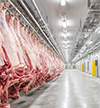
Cold storage and grocery-anchored retail are proving to be safe havens as consumer behavior shifts and CRE volatility grows.
ContinueTaxes / Incentives
The Compliance Reckoning Is Here

New challenges—from automation to federal fallout—are testing how companies manage risk in incentive-backed projects
ContinuePortfolio Management / CRE
Supply Chain Whiplash Reshapes CRE
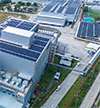
Power, ports, and unpredictability are pushing manufacturers to rethink their entire real estate approach.
ContinueSite Selection Factors / Strategy
First Person: Astrobotic CEO on Building the Lunar Economy
Astrobotic CEO John Thornton says the race to establish sites on the Moon is already underway—and location matters as much as it does on Earth.
ContinueSite Selection Factors / Strategy
Your Next Factory Might Already Be Built
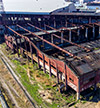
Vacant factories might be the smartest place to expand—if you know what to look for.
ContinueManufacturing / Industrial
Too Much of a Good Thing: Can Overbuilt Spec Development Benefit Manufacturers?

Power supply, infrastructure, and specs often fall short for manufacturers eyeing overbuilt logistics sites.
ContinueSite Selection Factors / Strategy
If a Site Sounds Too Good to Be True…

Learn how to separate marketing spin from real-world readiness when evaluating community proposals.
ContinueProject Announcements
Novartis Expands Durham-Wake County North Carolina, Manufacturing Operations
12/21/2025
Momentous Expands Summit County, Utah, Operations
12/21/2025
Stryker Expands Salt Lake County, Utah, Operations
12/21/2025
Portal Space Systems Expands Bothell, Washington, Operations
12/21/2025
TerraForge Biocarbon Solutions Plans Magnolia, Mississippi, Operations
12/20/2025
Coastal Ready Mix Plans Conway, South Carolina, Production Operations
12/20/2025
PRET Advanced Materials Expands Johnsonville, South Carolina, Manufacturing Operations
12/19/2025
Most Read
-
The Workforce Bottleneck in America’s Manufacturing Revival
Q4 2025
-
Rethinking Local Governments Through Consolidation and Choice
Q3 2025
-
Lead with Facts, Land the Deal
Q3 2025
-
Investors Seek Shelter in Food-Focused Real Estate
Q3 2025
-
Tariff Shockwaves Hit the Industrial Sector
Q4 2025
-
America’s Aerospace Reboot
Q3 2025
-
The Permit Puzzle and the Path to Groundbreaking
Q3 2025

